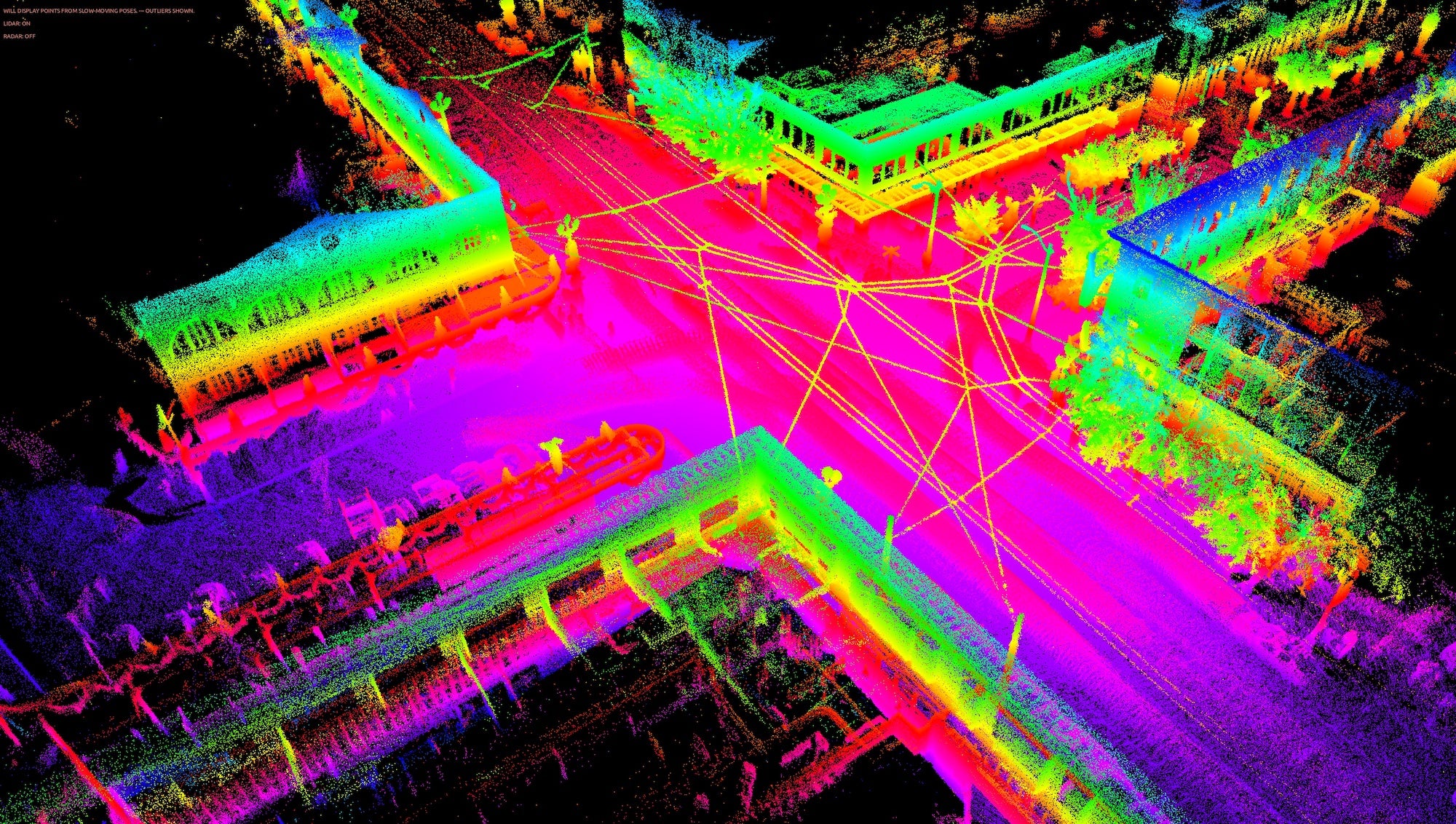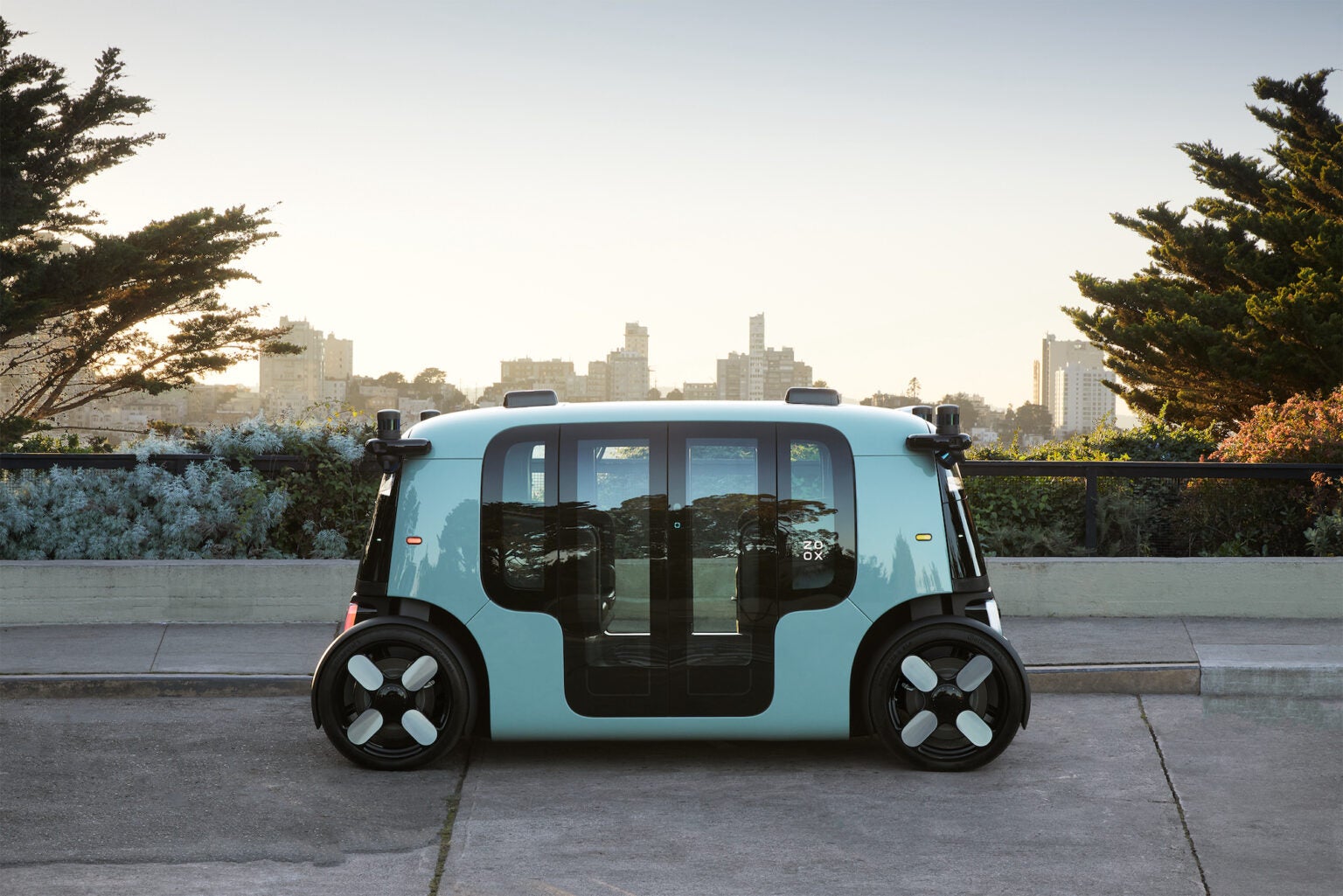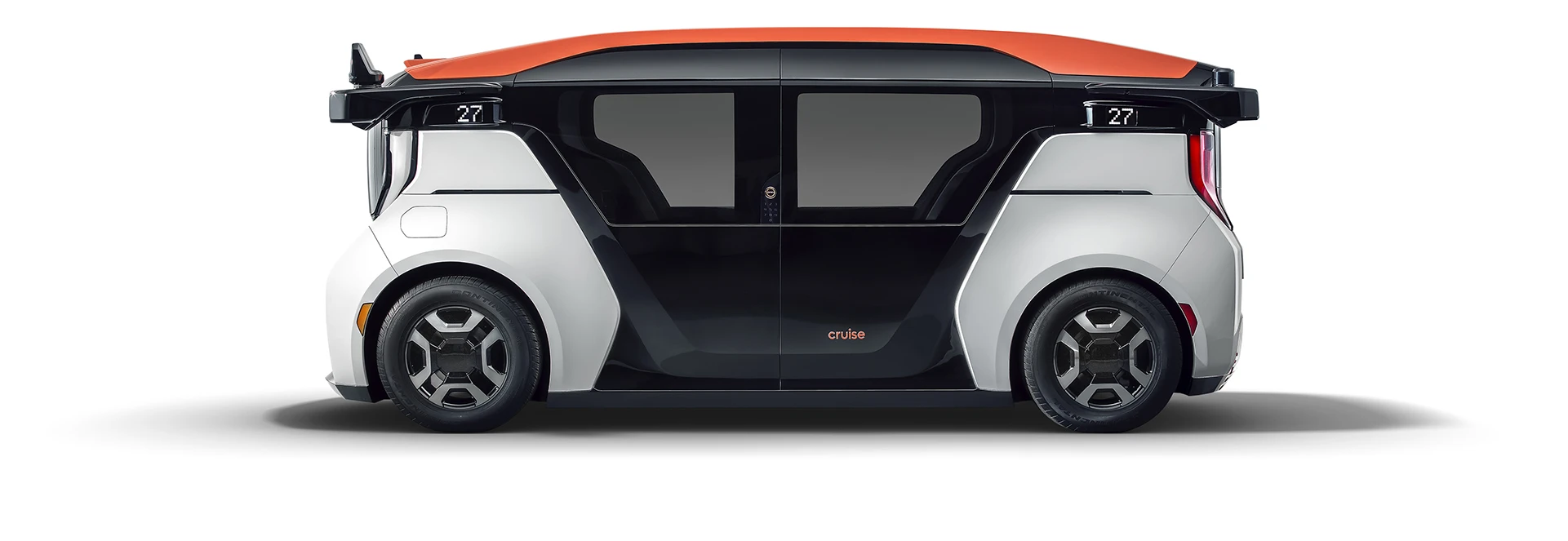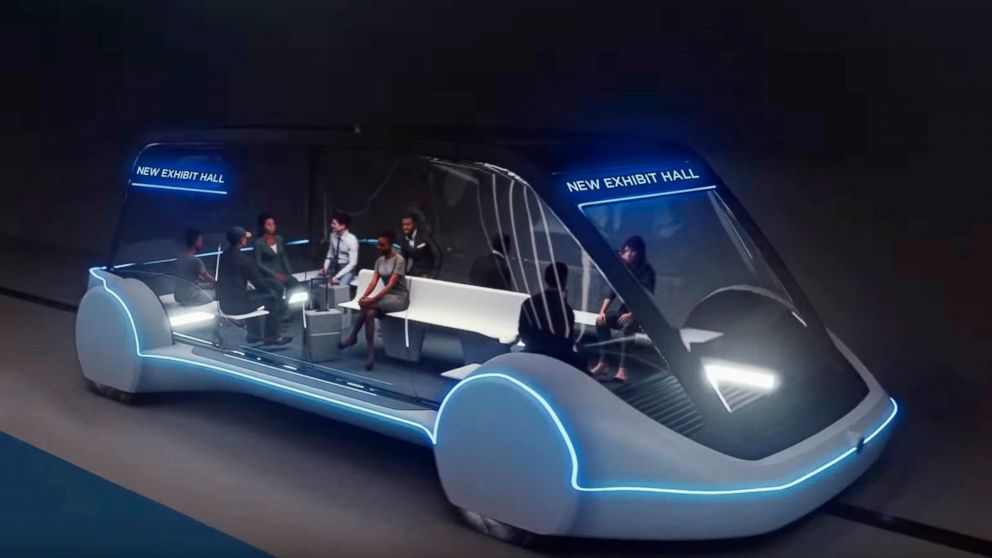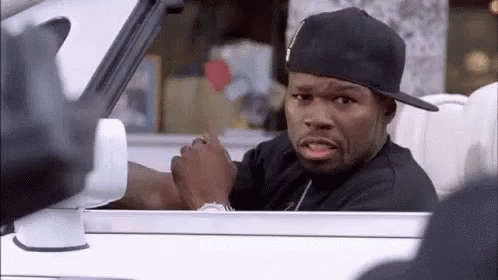diplomat33
Average guy who loves autonomous vehicles
But according to them ...
So, after it "worked really, really well" they started working on the FSD ?
No. They already had FSD. But they keep working on it to make it better because FSD is not solved yet.
I'm sorry your skepticism doesn't extend beyond Tesla. Its very clear they are lying about something there.
I don't see any lying. They are saying that they think the FSD is great but still needs work.
During the ScaleAI conference, Jesse Levinson explained it this way, starting at the 14:30 mark in the video:
What we found is that when we go to a new part of the city or even a brand new city, as long as the topology is something that we've seen that type of thing before, even if it's otherwise different, or the scenery is a bit different, we do great. We really just, even on our first try, we can drive with no interventions. For example, the very first time, we ever tried to drive in Las Vegas, which was way back in 2019 now, our very first drive, several miles, no take-overs were necessary. Which is pretty cool right? We'd never driven in Las Vegas before and with just a map of the city, we were able to drive quite well. That does not mean that we could drive a billion times with no intervention. And there was of course work to do.
Source: Scale Exchange
So they could drive for the very first time in a newly mapped area "several miles with no take-overs" which he calls "great". So I take it that "works really well" is just a reference to being able to drive some miles with zero interventions right after mapping a new area. Basically, Jesse thinks the FSD is working really well when it can immediately start doing some drives with zero interventions right after mapping a brand new area for the very first time. But he says that it does not mean that they could drive a billion times with no interventions. He understands that driving some miles with zero interventions does not prove your FSD is actually reliable enough for full deployment. You still need to do work to make sure it is good enough before you can actually deploy it to the public.
Last edited:



